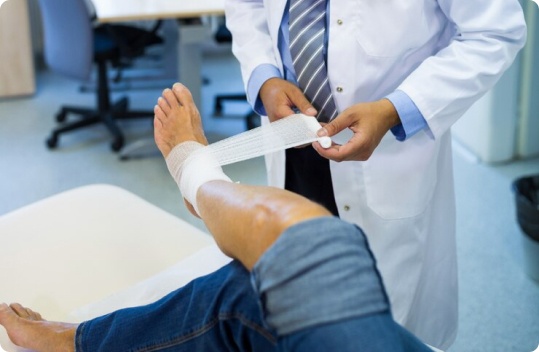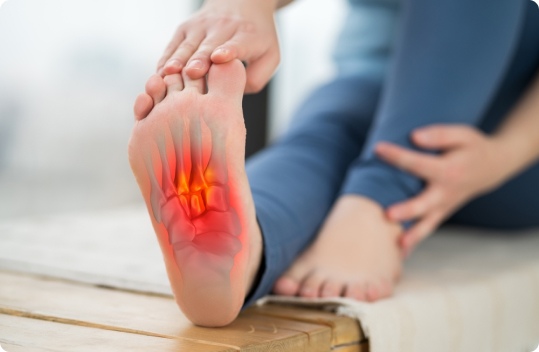Don’t let bursitis slow you down. With the right treatment plan, bursitis can be effectively managed, allowing you to return to your regular activities.
Bursitis occurs when the bursae, which act as cushions between bones, tendons, and muscles, become irritated or inflamed. This can be due to repetitive motion, injury, or pressure on the joints, and it often affects areas like the shoulders, elbows, hips, and knees. Early intervention is key to preventing further joint damage and chronic pain.


Treatment for bursitis focuses on reducing inflammation and alleviating pain. Depending on the severity, options may include:
